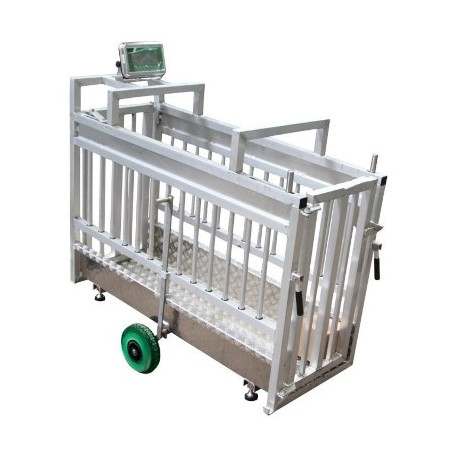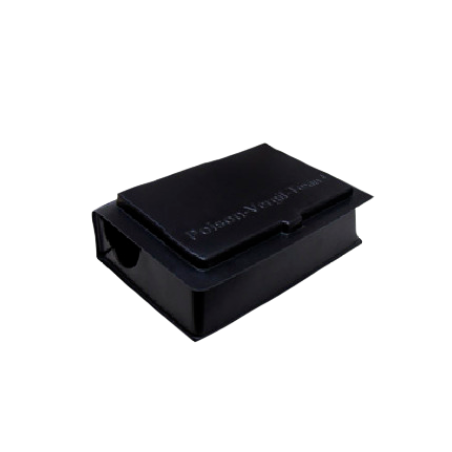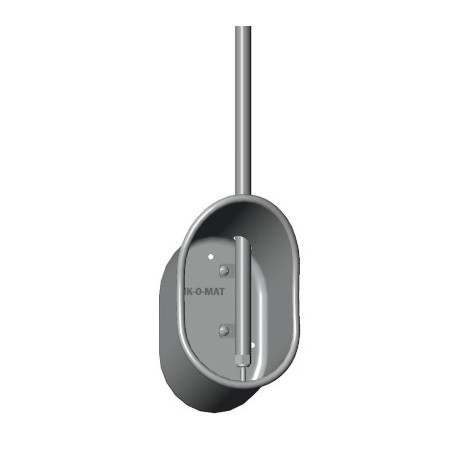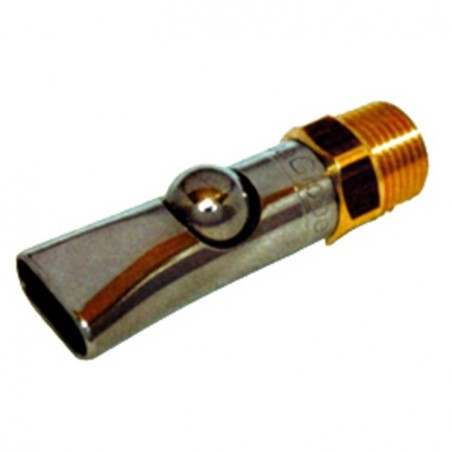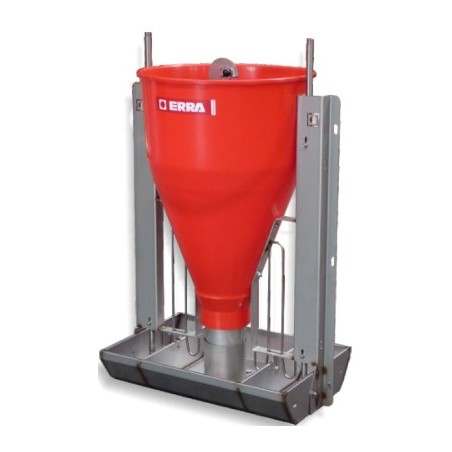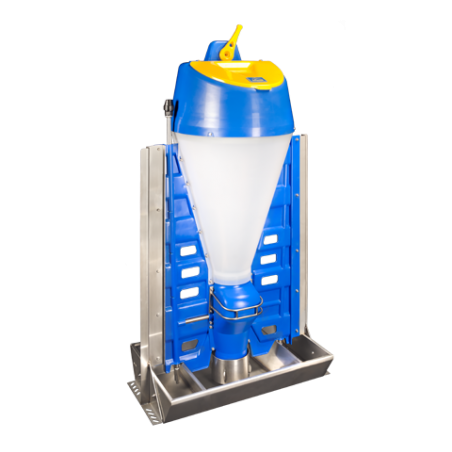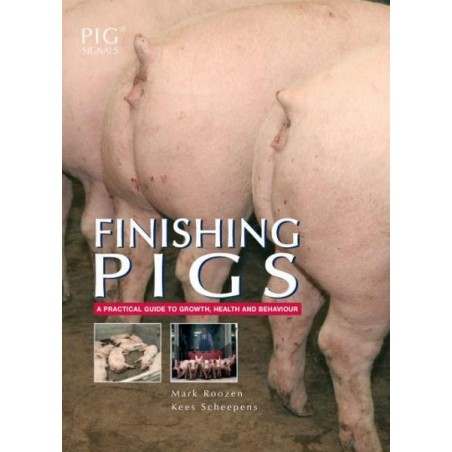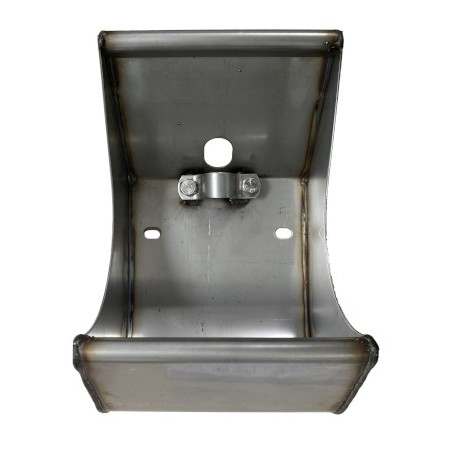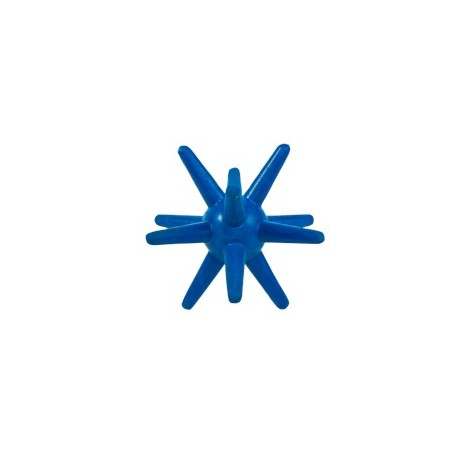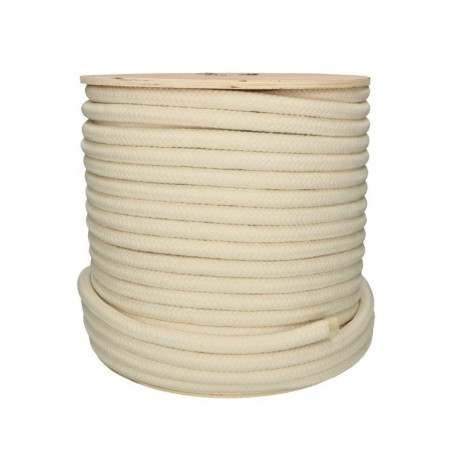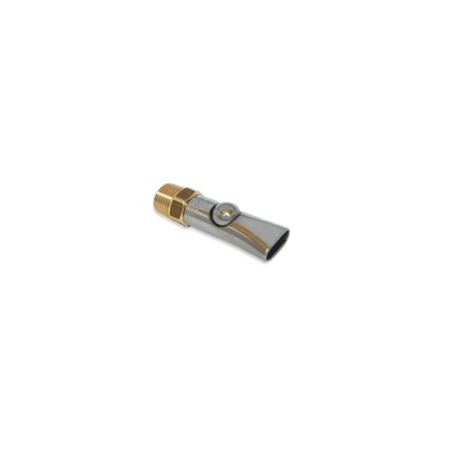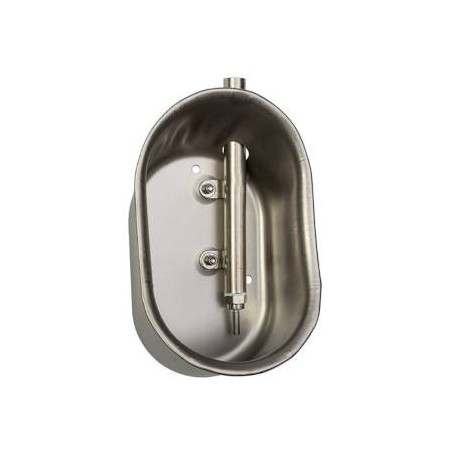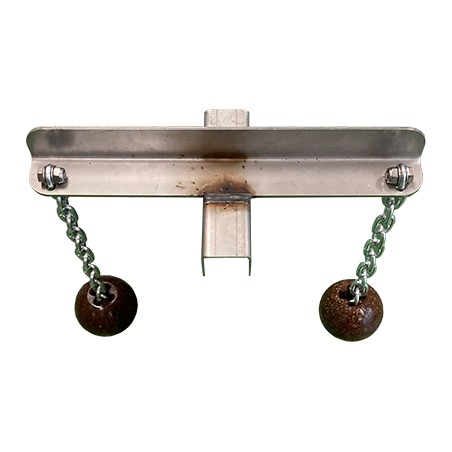Commented article
Camp Montoro J, Pessoa J, Solà-Oriol D, Muns R, Gasa J, Manzanilla EG. Effect of Phase Feeding, Space Allowance and Mixing on Productive Performance of Grower-Finisher Pigs. Animals. 2022; 12(3):390. https://doi.org/10.3390/ani12030390

Academic commentary, by Josep Gasa
Effect of phase feeding, space allowance, and animal mixing on the productive performance of finishing pigs.
The work attempts to evaluate the effect of three production and management factors on the productive and carcass parameters of finishing pigs between 11 and 21 weeks of age. Specifically, it is studied:
- Mixing or non-mixing of piglets from different litters in the same pen
- Space available per pig or stocking density:
- 0.96 vs 0.78 m2/pig, equivalent to 10 or 13 pigs per pen.
- Phase feeding:
- One diet: 0.95g SID Lys/MJ NE for the whole period.
- Two diets:
- First diet: 0.95 g SID Lys/MJ NE from week 11 to weeks 15/16 of age.
- Second diet: 0.82 g SID Lys/MJ NE from week 16 until slaughter.
Three experiments were conducted:
- In the first and second, the following are compared in 2x2 designs
- Two stocking densities (0.96 vs 0.78 m2/pig)
- Mixing or not mixing piglets from different litters
- In the “non-mixed” groups
- Phase feeding
- Single diet 0.95 g SID Lys/MJ NE
- Two diets:
- week 11 to 15 --> 0.95 g SID Lys/MJ NE
- Week 15 - slaughter -> 0.82g SID Lys/MJ NE
- Phase feeding
- In the “non-mixed” groups
Experiment 3 is essentially a repetition of the second comparison (densities and diets) using mixed litters.
The results indicate that litter mixing was the factor with the greatest impact. The pigs that had been mixed ate and grew significantly less and the difference in weight with the unmixed animals exceeded 5 kg at 21 weeks of age. In any case, since small groups (between 10 and 13 pigs) were used, the results may not be applicable to large groups. The different stocking density or available space per pig had little effect on the productive results, partly because the space tested (0.96 or 0.78 m2/pig) was well above the minimum allowed by the EU (0.65) and the average slaughter weight did not exceed 110 kg. However, with higher densities or smaller spaces, currently common as a consequence of hyperprolificacy, the results could be different. In fact, a previous commentary (February 2019) established an optimal spacing of 0.76 m2/pig for finishing pigs up to 105 kg under thermoneutral conditions.
Administering one or two diets during the 10-week trial only modified productive performances when pigs were not mixed. The single diet significantly improved slaughter weight (approximately 2 to 4 kg), growth, and feed conversion ratio (experiments 1 and 2). These differences disappeared in the pigs that had been mixed (experiment 3). However, the two-diet program supposedly reduced nitrogen excretion, which has not been measured.
Finally, none of the factors under study significantly affected the lean meat %, backfat thickness, or muscle content of the carcasses.
This work shows the experimental and design difficulties involved in working with interrelated production or management factors and the need to exercise caution in generalizing and/or extrapolating results to different production conditions.
On-farm commentary, by Josep Casanovas
Veterinarians are specialists in Animal Welfare. The most important part of our work is for the people who work with animals to also be. Of the different factors that affect productivity, management, the actions taken by the farmer, has a very important impact.
Therefore, research studies such as this one, which relate animal welfare conditions with production and carcass quality indexes, are very welcome.
These works enable us to know more about Real Animal Welfare, which should be the basis for establishing Legal Animal Welfare. To me, associating welfare with productive data seems to be a very important step forward. One way to measure welfare is productivity.
As has been demonstrated with Legal Animal Welfare, when talking about Welfare, many biases are formed, meaning a series of preconceived opinions, which are then put in their place by the reality of the data.
- Preconceived opinion #1, animals in the growing phase should be housed forming groups of pigs of similar weight
In general, we like to see the group of animals in a pen having a similar size but to achieve it, we are forced to mix the animals. To keep the animals within the group of a similar size, the farmer needs to pull out, and remix animals at least a couple of times, at weaning and at the start of the finishing phase.

The results of the study do not support this preconceived opinion. Mixing is one of the main enemies of Animal Welfare. Having to re-establish the hierarchy is not a good option.
- Preconceived opinion #2, the more space available, the better.
We have all had very positive experiences of what it means for pigs in the growing phase to be given more space, when the larger animals are moved to the next stage, the remaining animals perform better because they have more resources.
Here again, the results of the study do not fully support the preconceived opinion.
It is also true that many more studies would be needed to be able to state this categorically. The result will depend a lot on different factors, such as when the study was carried out. As far as stocking density is concerned, winter and summer are not the same. The space requirements in summer are greater while in winter it is easier to handle a close contact.
In areas where seasonal variations are high, the results of a study such as this one will be highly conditioned by the time of the year in which they are carried out.
I am looking forward to someone opening Pandora's box and doing some research work on group size. A large group takes better advantage of the space, it is easier to achieve good environmental welfare conditions, and I think that the disadvantages of hierarchization and mixing are minimized, especially if you work with a group that has already been socialized from the time they were one week old in the farrowing room.
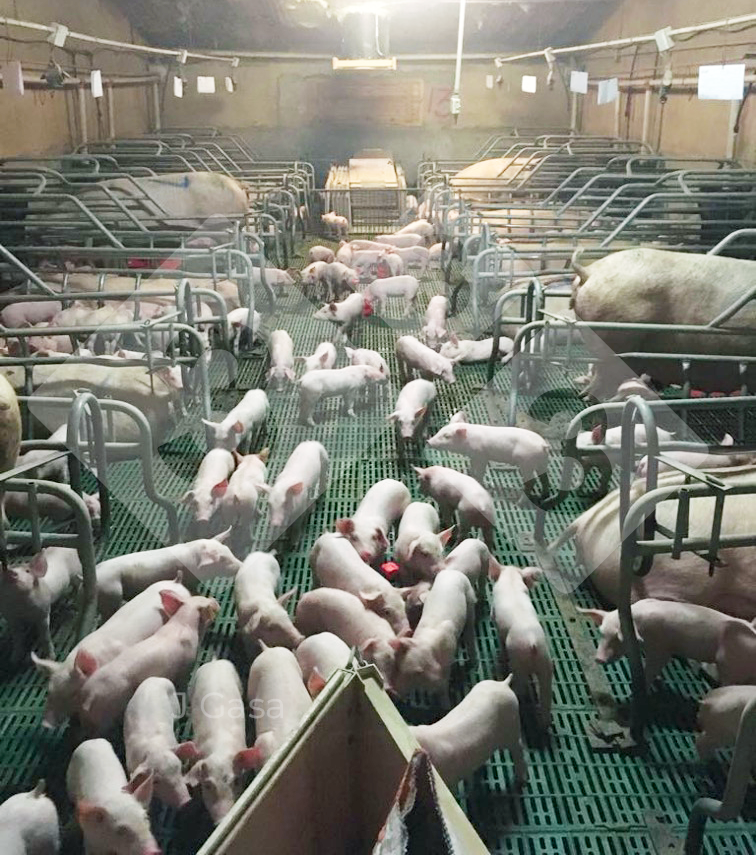
Figure 1. A group of piglets socializing in the farrowing room.
As for the variable of phase feeding, I will have to save my opinion for a future commentary, but undoubtedly the number of diets that are to be involved, the range of weights, seasonal factors, etc. will also play an important role.
Summary of commented articleCamp Montoro J, Pessoa J, Solà-Oriol D, Muns R, Gasa J, Manzanilla EG. Effect of Phase Feeding, Space Allowance and Mixing on Productive Performance of Grower-Finisher Pigs. Animals. 2022; 12(3):390. https://doi.org/10.3390/ani12030390 Methods: This study investigates the effects of space allowance, mixing and phase feeding on performance of grower-finisher pigs. Three trials (T) were conducted. In T and T2, 345 pigs/trial were moved to finisher stage at 11 weeks of age and assigned to two space allowances: 0.96 (n = 15 pens; 10 pigs/pen) and 0.78 (n = 15; 13 pigs/pen) m2/pig. Mixing was applied to 5 pens of each space allowance leading to a 2 × 2 factorial arrangement (Space allowance × Mixing). For phase feeding, 2 diets with 0.95 and 0.82 g SID Lys/MJ NE were applied to 5 pens of each space allowance (not mixed) leading to another 2 × 2 factorial arrangement (Space allowance × Phase feeding). In T3, 230 pigs were moved to the grower-finisher stage at 11 weeks of age, mixed, and assigned to 4 treatments (Space allowance × Phase feeding; n = 5 pens). Data were analyzed using general linear mixed models.  Figura 2. Schematic illustration of the experimental design in trial 1, 2, and 3. In trials 1 and 2, experimental design was a two 2 × 2 factorial arrangement with space allowance x mixing and space allowance x phase feeding as treatments, respectively. In trial 3, experimental design was a 2 × 2 factorial arrangement with space allowance and phase feeding as treatments, and mixing was applied to all the pen. Source: Montoro et al. 2022. Results: Space allowance did not affect performance. Non-mixed pigs were 5.40 (T1) and 5.25 (T2) kg heavier than mixed pigs at 21 weeks of age). Phase feeding reduced performance of pigs by 3.45 (T1) and 4.05 (T2) kg at 21 weeks of age. Conclusion: In conclusion, mixing and reducing SID Lys:NE ratio from 0.95 to 0.82 g/MJ at 15–16 weeks of age, have a more marked impact on performance than reducing space allowance from 0.96 to 0.78 m2/pig. |







